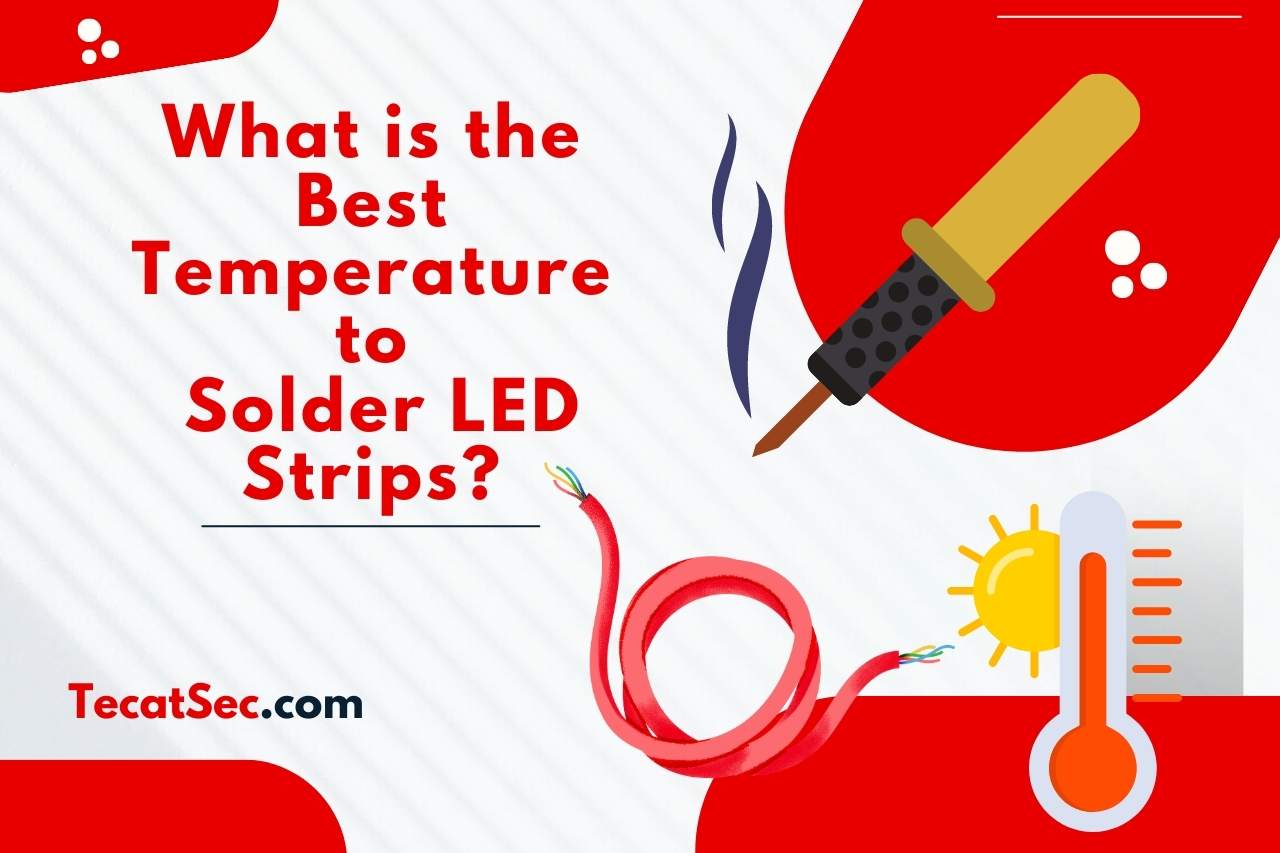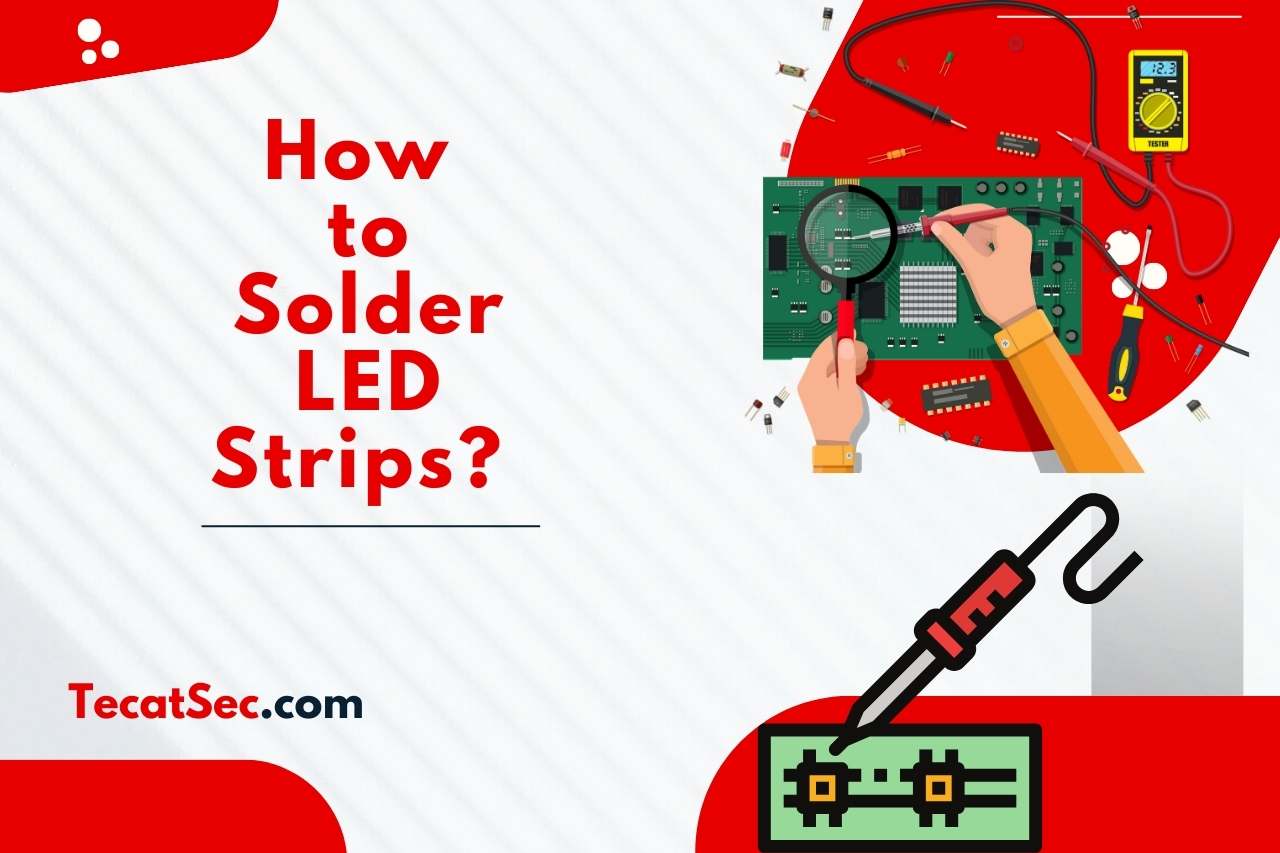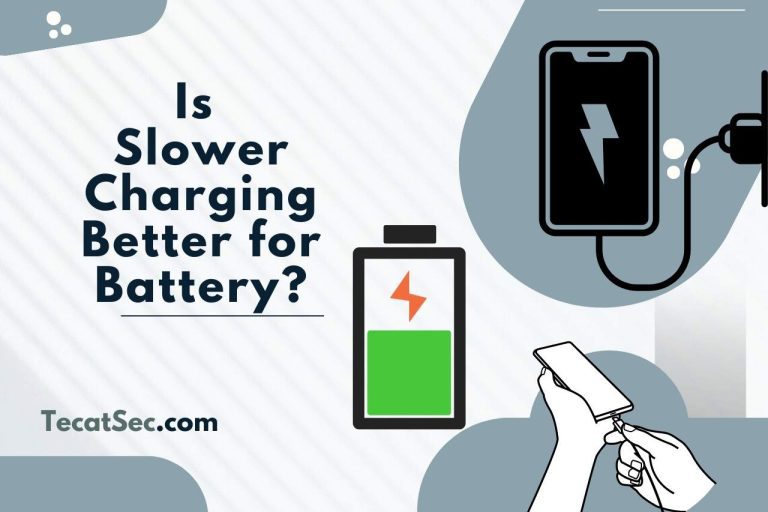How to Solder LED Strips? Illuminate Your Creation!
LED strip lights use an adhesive flexible strip-like printed circuit board around 1 cm in width. This circuit board is populated by surface-mount light-emitting diodes (SMD LEDs). These strips are manufactured in various lengths, from a few centimetres to meters. These tapes can be cut and sized to suit the customers’ needs. At every few centimetres, connectors are available to supply power or fix it with another strip. This is where the soldering comes in. This article is on “how to solder LED strips”. Soldering, alternative methods, couplers, Solder to use, etc., will be discussed.
Can LED Strip Lights Be Soldered?
LED strip lights can be soldered. Connecting two strips to gather or connecting wires to supply power are the most common soldering with LED strip lights. In both cases, wires are needed to be soldered on the LED strip.
To do a successful soldering, correct tools should be used. A soldering Iron that can heat up to 350°C to 400°C will be needed, and a suitable flux and Solder will be needed. The Soldier should reach its melting point at a low temperature.
The Solder comes as wires; it is advised to use a very thin wire, making it easy to heat it to the melting point.
Why Solder Instead of Using Couplers?
Couplers are a type of connector used to connect one LED Strip to another or a power connector. This is an easy method compared to soldering, as soldering requires a lot of items, time, and effort. The operation becomes much easier when using couplers as it just has to be plugged in. On the other hand, soldering is more flexible, and the connections are much more durable. Couplers may not work well in the following situations.
- Led strips might move,
- When you have a large number of serial connections.
- Connectors are exposed to the environment (Water, Air, Direct sunlight)
- When there is no space for a coupler.
What Soldier to Use for LED Light Strips?
A solder is a metal alloy that creates a permanent bond between other metals. The Solder is melted and poured into the joint, where it will adhere to the joint when it cools.
The alloy used as the Solder should have a lower melting point than the metal it tries to join; if not, the joint will melt before the Solder. The Soldier should be less oxidative and less corrosive to have a long-lasting bond between the joints.
The Tin-Lead alloys have the lowest melting point (183 °C or 361 °F). It is also less oxidative and corrosive, making it one of the best solders.
How to Solder LED Strips?
A few materials are required to solder an LED strip. A soldering Iron, compatible Solder, and flux are the main requirements for an LED strip soldering project. A piece of low-grit sandpaper and a clean, dry cloth will be essential to clean any oxide, dirt, adhesive, or laminating on the contacts.
The first step is to clean the LED strip contacts. A laminating or a. insulation might cover the LED strip contacts. This insulation should be peeled off at the contacts.
The contacts should be cleaned using sandpaper so that there will not be any oxide or dirt left and wiped with a clean, dry cloth. Applying flux is the next in order.
Flux will clean the connectors, remove oxide, prevent oxide from forming due to heat, and wet the melted Solder to bond the wire properly and the LED strip connector together.
The Solder should be compatible with the LED strip and the wire and have a low melting point. The best Solder for the project is the 60/40 lead mixture (60% tin and 40% lead), which is common and widely used. However, this mixture is discouraged from use due to lead poisoning.

What is the Best Temperature to Solder LED Strips?
The best temperature to solder an LED strip is 350°C to 400°C (662°F to 752°F), where the Solder will melt quickly and make the bond without overheating the LED strip.
A soldering iron with 30W-60W output will be sufficient to achieve this temperature. A soldering iron with temperature control can be useful, but the correct temperature can be determined by applying some solder to the tip of the soldering iron.
Sometimes, it will take longer for the Soldier to reach the melting point as there could be a layer of oxide on the soldering iron.
Using flux could be a good idea, or cleaning the soldering iron with sandpaper before heating would be great.
Solder Not Sticking to LED Strip, Why?
Soldering LED strips is not a very complex thing. Only a few items are required for the job, but sometimes these items start acting up, making people give up soldering. Solder not sticking to LED strip is one of those instances. There are a few reasons why this happens.
- LED Strip Contacts are Not Clean – This happens very often. LED strip connectors should be properly cleaned from oxide and other dirt. Sometimes, a cote of laminating might be covering the connectors. The connectors can be cleaned with smooth sandpaper and wiped with a clean, dry cloth.
- Not Applying Enough Heat – The soldering Iron should be hot enough to melt the Soldier to make a proper bond between the wire and the contacts.
- Incorrect Solder Type – A solder with a low melting point and contact compatibility should be used. Different types of solders are available in the market, so the proper one should be selected.
- Not Using Flux – Flux cleans the oxide and prevents the formation of oxide due to the high temperature.
What Can I Use Instead of LED Soldering?
There are many alternatives to joint metals than soldering, especially when connecting electronic components. Conductive adhesive, crimp connectors, welding, and brazing are methods used instead of soldering.
None of the above methods are suited to connect LED strips. The best method that could be used instead of soldering is couplers.
Couplers are a type of connectors used to connect one LED Strip to another. A coupler is something like a normal wire connector with the plus and minus wires inserted and screwed down.
The plus and minus of the other wire will be inserted into the other side of the wire connector and screwed down. A LED coupler acts in the same way.
Instead of screws, the LED strip is inserted into the coupler, and when the strip connectors and coupler connectors are aligned, they are pressed down using a cover with a lock.
Watch this one,
Video Credits – Wire Guy Global
You May Also Like


![Can AirPods be Tracked If Reset? [All You Need To Know]](https://techatsec.com/wp-content/uploads/2022/11/can-airpods-be-tracked-if-reset-768x512.jpg)




